Inflection is often key to matching a thematic phrase intuitively to an orchestral instrument or section.
Once again, we have a parallel between language and music. In speech, inflection is defined by a certain shaping of vocal tone to reinforce the meaning of a sentence. The most obvious of these is a rising voice for a question mark; a little hook to the voice followed by a pause for a comma; and a settling of the voice for a period, especially at the end of a very blunt statement, like “I wish my readers would ‘like’ these tips more often.” One can also have a pause and a stress, as in the word “like” above, denoting quoted word with an added context.
If we didn’t have these cues, we’d all sound like robots – unexpressive and disinterested. And yet, often in early compositions, some thematic material appears just that way, as if spoken in a monotone, devoid of slurs, articulation, or dynamics. But that’s where the music is, at least for me. Music is primarily about expression – and that is the benchmark for professional orchestral musicians as well. They spend their lives trying to get at the heart and soul of music, and they’re not too interested in music that has none.
Cautioning about expression is just the beginning, though – let’s get back to the word “inflection.” The technique of playing a series of notes changes depending on the instrument to which they’re assigned. I’m not talking purely about timbre here, but more things like register, ease of bowing or melisma, a natural break of continuity or shift in tone between certain notes, and the pungency of articulation. That is the key to the magic that many composers seek, when inspired by the examples of the great orchestrators.
The example below from Debussy’s solo flute piece “Syrinx” is a masterwork of inflection. Score-read this work, noting how effortlessly expressive and suggestive it is, with phrasing that reveals a number of key elements of the flute’s character. There’s a certain suppleness to the middle-register, and a warm, floating radiance on the lower notes that has been emulated by every composer since, including me. The harmonic ambiguity helps to underline a certain type of hollowness to the flute’s resonance, while the articulation punctuates the phrase grouping with a type of breathy push that no other orchestral instrument can emote. After this, look through other samples of Debussy’s flute scoring in Prelude to the Afternoon of a Faun and La Mer.

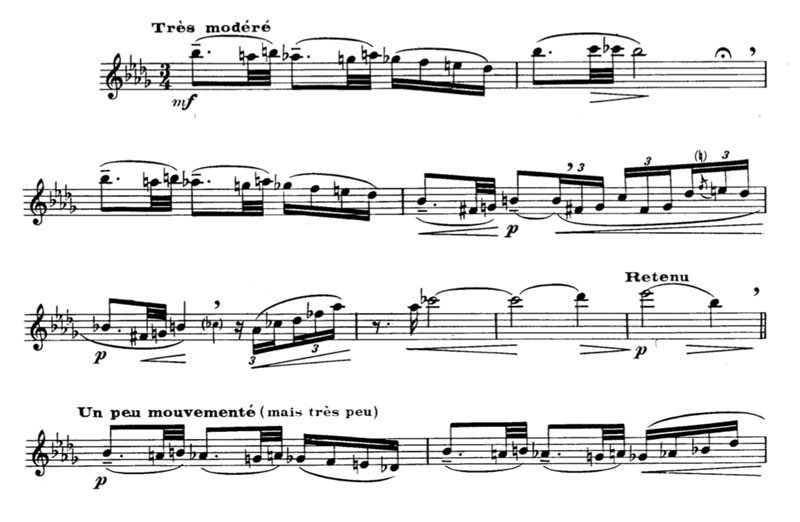

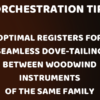
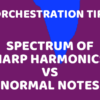
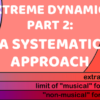

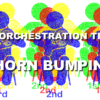
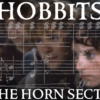
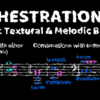
One response to “Orchestration – Inflection”